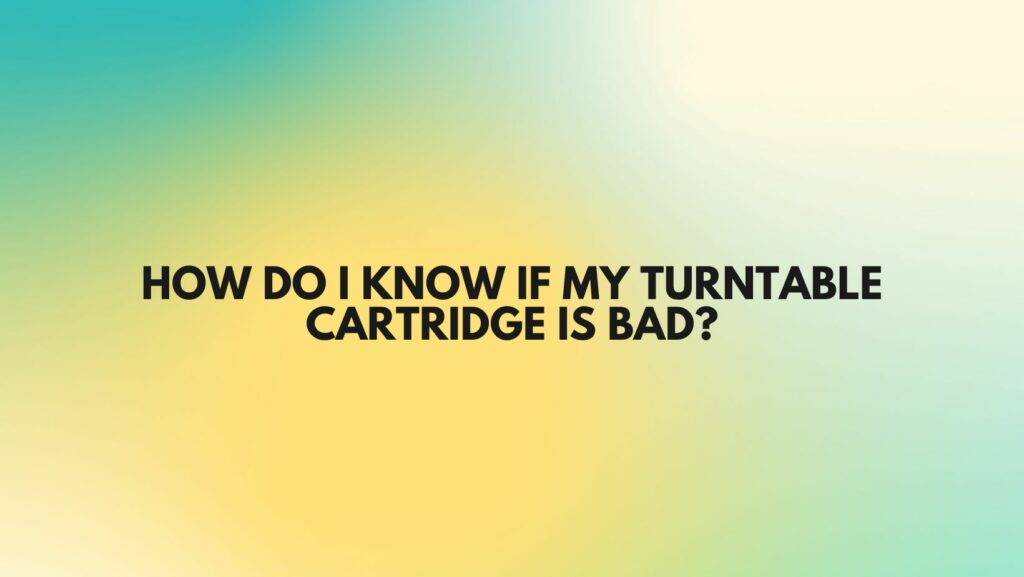The turntable cartridge, a critical component in the analog audio chain, is entrusted with the delicate task of transforming the grooves of vinyl records into the rich sounds that fill our rooms. Over time, however, this intricate mechanism can succumb to wear and tear, potentially compromising the quality of your vinyl listening experience. In this article, we explore the key indicators that signal a failing turntable cartridge, helping enthusiasts discern when it’s time to address the health of this pivotal component.
- Auditory Clues: Distorted Sound and Muddiness: The most immediate and noticeable sign of a faltering turntable cartridge is a decline in sound quality. If the once-clear tones are replaced by distortion or a general sense of muddiness, it may indicate that the cartridge is struggling to faithfully reproduce the audio encoded in the grooves of your records.
- Excessive Surface Noise: A compromised turntable cartridge may contribute to an increase in surface noise during playback. Pops, crackles, and hisses that were once subtle may become more pronounced, disrupting the purity of the music. Elevated surface noise is a red flag that the cartridge may need attention.
- Skips and Jumps During Playback: If your turntable cartridge is deteriorating, it may have difficulty maintaining consistent contact with the record’s grooves, leading to skips or jumps during playback. These interruptions in the smooth flow of the music are clear indicators that the cartridge requires examination.
- Uneven Channel Balance: A failing turntable cartridge can affect the balance between the left and right audio channels. Listen for discrepancies in volume between channels or irregularities in the distribution of sound. Channel imbalances may suggest issues with the cartridge or its associated components.
- Loss of High-Frequency Detail: Cartridge wear can result in the loss of high-frequency detail in the audio. If the once-crisp highs have been replaced by a muted or dull quality, it may be an indication that the cartridge is struggling to capture the finer nuances of the music.
- Tracking Problems: Turntable cartridges experiencing issues may have difficulty maintaining consistent tracking, leading to audible fluctuations in pitch or speed. If you observe variations in tempo or pitch during playback, it’s a clear sign that the cartridge needs attention.
Conclusion:
Recognizing the signs of a failing turntable cartridge is crucial for maintaining the integrity of your vinyl listening experience. Regularly monitoring for auditory cues such as distortion, surface noise, skipping, and channel imbalances empowers enthusiasts to address cartridge issues promptly. By staying attuned to the harmonic nuances of their vinyl collections, audio enthusiasts can ensure that their turntable cartridges continue to faithfully navigate the grooves with precision, delivering an authentic and immersive analog audio experience for years to come.


